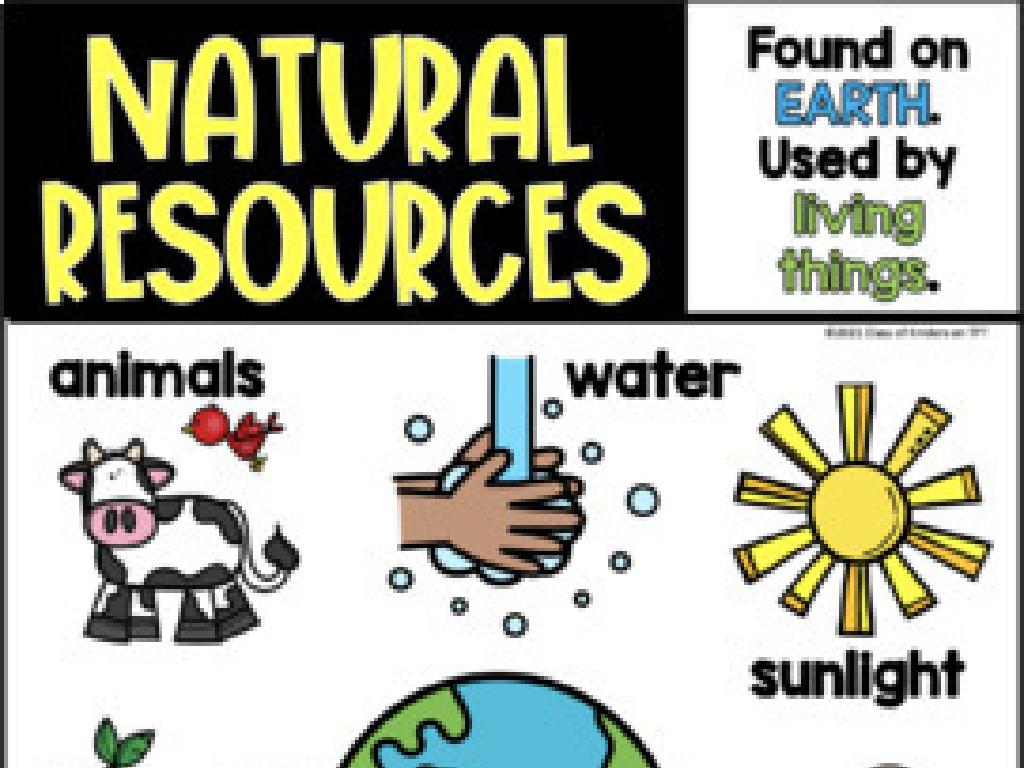Complete The Short E Word
Subject: Language arts
Grade: First grade
Topic: Short E
Please LOG IN to download the presentation. Access is available to registered users only.
View More Content
Welcome to Short ‘e’ Sounds!
– Greet the class with enthusiasm
– Introduce the short ‘e’ sound
– It’s like the ‘e’ in ‘bed’, ‘red’, or ‘net’
– Ask for examples from students
– Encourage students to think of words
– Listen and praise contributions
– Celebrate all attempts to build confidence
|
Begin the class with a warm and energetic greeting to capture the students’ attention. Introduce the concept of the short ‘e’ sound, emphasizing its presence in many common words. Engage the students by asking them to volunteer words that contain the short ‘e’ sound. This interactive approach will help them become familiar with the sound and how it appears in different words. As students offer examples, listen carefully and acknowledge each contribution to encourage participation and build their confidence in phonics and pronunciation. This activity sets the foundation for further exploration of words with the short ‘e’ sound.
Learning the Short ‘e’ Sound
– What is the short ‘e’ sound?
– It’s the ‘e’ sound in ‘bed’ and ‘pet’
– Examples: ‘bed’, ‘red’, ‘net’
– Words like ‘hen’, ‘pen’, and ‘jet’ also have the short ‘e’
– It’s a quick vowel sound
– Unlike ‘ee’ in ‘see’, it’s not held long
– Practice saying it together!
|
This slide introduces the short ‘e’ sound to first graders, helping them recognize and pronounce it correctly. Start by explaining that the short ‘e’ sound is common in many words they use. Give examples and say them out loud, encouraging the class to repeat after you. Emphasize the brevity of the sound compared to long vowel sounds. Engage the class by asking them to say the sound in unison and then individually. This interactive approach helps students become comfortable with the sound and aids in their phonetic development.
Listening to Short ‘e’ Sounds
– Listen to words I say aloud
– Tell me if you hear short ‘e’
– Short ‘e’ sounds like ‘eh’ as in ‘bed’
– Words like ‘pen’, ‘leg’, ‘net’
– ‘Pen’, ‘leg’, and ‘net’ have short ‘e’
– Practice makes perfect!
|
This slide is for a listening activity focused on identifying the short ‘e’ sound. The teacher will say words out loud, and the students will respond if they hear the short ‘e’ sound in the words. It’s important to articulate the words clearly and to repeat them if necessary. Encourage the students to listen carefully and to practice the sound themselves. This activity helps students distinguish between short ‘e’ and other vowel sounds, which is a fundamental skill in phonics and early reading development. After the activity, discuss with the students why ‘cat’ and ‘dog’ do not have the short ‘e’ sound, reinforcing their understanding of the concept.
Matching Game: Short ‘e’ Sound
– Match words to pictures
– Identify the short ‘e’ sound
– Listen for the ‘e’ as in ‘bed’, ‘red’, or ‘net’
– Say the word out loud
– Practice pronouncing words with classmates
– Have fun learning!
|
This slide is for a classroom activity that will help students recognize and pronounce the short ‘e’ sound in words. Display pictures that represent words with the short ‘e’ sound, such as ‘bed’, ‘pet’, ‘net’, and ‘red’. Ask the students to match the pictures with the correct words. Encourage them to say the words out loud to reinforce the sound and improve their phonetic skills. Make the activity interactive and enjoyable, allowing students to work together in pairs or small groups. This will help build their confidence in identifying sounds in words. The activity can also be turned into a game where students earn points for correct matches to add an element of fun and competition.
Writing with Short ‘e’
– Let’s write short ‘e’ words
– I’ll demonstrate on the board
– Watch as I write and follow along
– You write the words on paper
– Practice writing each word I show
– Say the sounds while writing
– This helps connect sounds to letters
|
This slide is designed for a writing activity focused on the short ‘e’ sound. Start by explaining that the short ‘e’ sound is like the ‘e’ in ‘bed’, ‘red’, or ‘net’. Demonstrate writing words with the short ‘e’ sound on the board, ensuring that each letter is formed correctly. Encourage students to write the words on their paper as you write them on the board. Remind them to articulate the sounds of each letter as they write, which reinforces phonemic awareness. Possible words to write could include ‘pet’, ‘set’, ‘wet’, ‘hen’, ‘net’, and ‘bed’. This activity will help students associate the short ‘e’ sound with the letter ‘e’ and improve their writing skills.
Complete the Short ‘e’ Word
– Words with missing letters
– Fill blanks with short ‘e’
– Like ‘b_d’ becomes ‘bed’
– Practice with examples
– ‘p_t’ turns into ‘pet’, ‘l_g’ into ‘leg’
– Share your answers
|
This slide is designed to help first graders recognize and practice the short ‘e’ sound in words. Start by showing words with missing letters and guide the students to fill in the blanks with the short ‘e’ sound. Use examples such as ‘b_d’ to ‘bed’ or ‘p_t’ to ‘pet’ to illustrate the concept. Encourage the students to say the words out loud to reinforce the sound. After practicing with a few examples, ask the students to try completing words on their own and then share their answers with the class. This activity will help build their phonemic awareness and reading skills.
Reading Time: Spot the Short ‘e’
– Read a story together
– We’ll read a story with many short ‘e’ words like ‘bed’, ‘pet’, and ‘net’.
– Listen for short ‘e’ words
– Pay attention to words with the ‘e’ sound in the middle.
– Raise your hand when you hear one
– Practice pronouncing short ‘e’
– After finding the words, we’ll practice saying them out loud.
|
This slide is for a reading activity focused on the short ‘e’ sound. Choose a story that contains a good number of short ‘e’ words to ensure that students have ample opportunity to hear and recognize the sound. Remind students to listen carefully and raise their hand when they hear a word with the short ‘e’ sound. This will help them to become more aware of the sound and how it appears in different words. After the reading, go over the words they found, and practice pronouncing them together, emphasizing the short ‘e’ sound. This activity will enhance their phonemic awareness and decoding skills, which are crucial for their reading development.
Class Activity: Short ‘e’ Word Hunt
– Let’s hunt for short ‘e’ sounds
– Find objects with short ‘e’
– Like ‘bed’, ‘pen’, or ‘net’
– Work with a buddy
– Make a list of your finds
– Write down the words you discover
|
This activity is designed to help students recognize and understand the short ‘e’ sound in a fun and interactive way. Have the classroom prepared with various objects or pictures that include the short ‘e’ sound in their names. Encourage the students to work in pairs to foster teamwork and communication. They should explore the classroom and identify as many relevant objects or pictures as they can, writing them down on their list. After the hunt, regroup and discuss the findings. Possible variations of the activity could include a timed challenge, drawing the objects instead of writing, or even creating a short story using the words they find.
Review and Goodbye: Short ‘e’ Mastery
– Review today’s short ‘e’ words
– Recall the words with short ‘e’ like ‘bed’, ‘pet’, ‘red’
– Praise for learning short ‘e’ sounds
– Encourage home practice
– Try to read more words with short ‘e’ at home
– Farewell until next lesson
|
This slide is meant to wrap up the lesson on the short ‘e’ sound. Start by revisiting the words learned in the lesson, encouraging the children to pronounce them together. Offer praise to the class for their hard work and progress in mastering the short ‘e’ sound. Remind them of the importance of practicing at home to reinforce what they’ve learned. End the lesson on a positive note, letting them know you look forward to seeing them next time. For homework, suggest they find and read words with the short ‘e’ sound in their favorite books or during reading time with their family.






